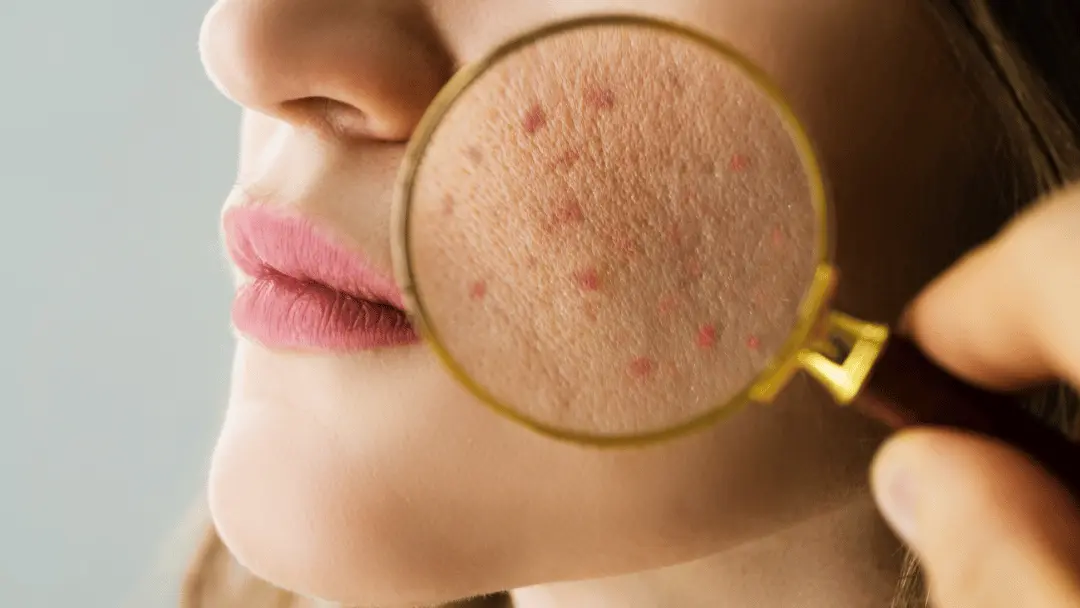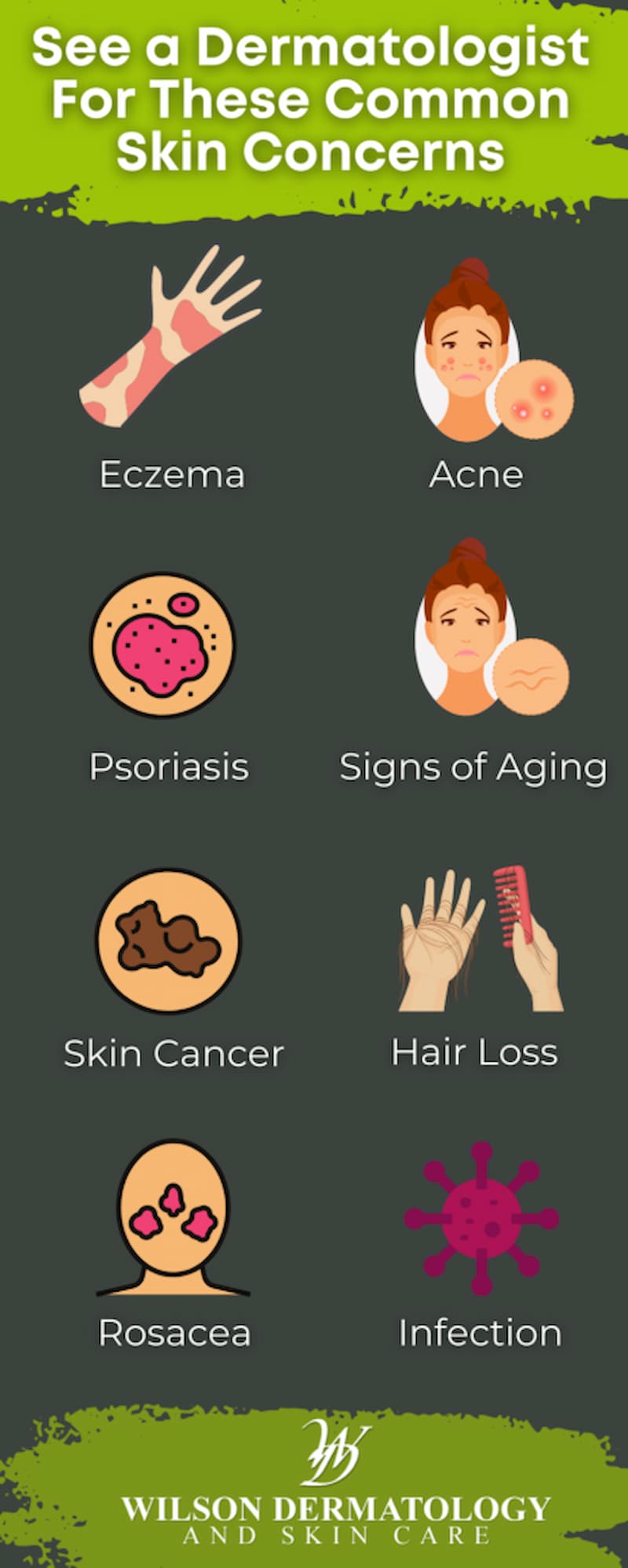Navigating Skin Cancer Cells Therapy: The Important Duty of Mohs in Modern Dermatology Practices
Skin cancer cells, an overwhelming diagnosis, frequently leaves people grappling with countless treatment alternatives. As we explore the intricacies of this treatment, one will certainly value its critical function in skin cancer treatment.
Recognizing Skin Cancer Cells: Types and Risks
Skin cancer cells, a possibly deadly ailment, is much more common than several people understand. This condition, brought on by the unchecked growth of irregular skin cells, primarily arises from DNA damages due to exposure to the sun and ultraviolet (UV) light. There are 3 major types of skin cancer cells: Basic cell cancer, Squamous cell carcinoma, and Melanoma. While the previous two are much less deadly and compose the majority of diagnosed situations, melanoma is the most dangerous. It accounts for just about 1% of skin cancer cells cases yet triggers the vast bulk of skin cancer cells fatalities - mohs surgery. Risk elements include reasonable skin, background of sunburn, excessive sun direct exposure, living at high altitudes or near the equator, having many moles, a household background of skin cancer, and damaged body immune system.
What Is Mohs Surgery and Exactly How It's Transforming Skin Cancer Cells Treatment
Regardless of the various treatments presently available for skin cancer, Mohs surgery stands apart as a groundbreaking and highly efficient option. Named after Frederic E. Mohs, the physician that developed the procedure, Mohs surgical treatment is an accurate surgical method utilized to treat skin cancer. During the procedure, thin layers of cancer-containing skin are progressively gotten rid of and taken a look at until just cancer-free tissue continues to be. This strategy permits the cosmetic surgeon to validate that all cancer cells have actually been eliminated at the time of surgical treatment. This degree of precision, integrated with the ability to spare as much healthy and balanced tissue as feasible, is transforming skin cancer therapy. Consequently, Mohs surgical treatment has ended up being a foundation of modern dermatology practices.
The Benefits of Mohs Surgical Treatment Over Standard Skin Cancer Treatments
Structure on the cutting-edge nature of Mohs surgical treatment, it's critical to consider its various benefits over conventional skin cancer treatments. Unlike guidelines, Mohs supplies a greater remedy rate, commonly getting to 99% for new therapies and 94% for frequent cancers cells. This accuracy results from its one-of-a-kind technique of considerably eliminating and taking a look at cells layers till only cancer-free cells continue to be (mohs surgery). Furthermore, it lessens damages to healthy skin, causing less scarring and enhanced cosmetic end results. Mohs additionally gives immediate results, getting rid of the anxiety-ridden wait typical with various other approaches. It's affordable, as the surgery and tiny exam happen concurrently, getting rid of the requirement for added lab solutions. Therefore, Mohs stands for a significant advancement in skin-related methods.
The Treatment of Mohs Surgical Procedure: What to Expect Throughout the Process

Possible Negative Effects and Post-Operative Care of Mohs Surgical Procedure
Undertaking Mohs surgical treatment, like any other medical procedure, entails prospective negative effects that people ought to understand. Usual negative effects consist of pain, wounding, and swelling at the surgical procedure site. However, these are generally short-term and manageable with over the counter pain medicine and ice packs. In rare cases, patients might experience infection, blood loss, or a sensitive response to the anesthetic. Post-operative care is critical to healing and reducing side effects. This generally involves keeping the wound tidy and completely dry, taking proposed drugs, and preventing strenuous tasks. Individuals need to also go to all read here follow-up visits for injury treatment and tracking. In many cases, added therapies may be necessary to ensure total removal of the cancerous cells. Sticking to these post-operative treatment standards can greatly improve recuperation and outcomes.
Final thought
